Stock Pot or Soup Pot: Which One Should You Buy?
Stock pots and soup pots hold special places in many kitchens worldwide.
Essential cooking vessels help transform simple ingredients into delicious meals with rich flavors.
Most home cooks appreciate having at least one reliable pot for making hearty soups or flavorful stocks.
The difference between these two pots might seem subtle at first glance.
Each design serves specific purposes that can enhance particular cooking techniques.
Beyond their primary uses, both options prove versatile enough for numerous other kitchen tasks.
The perfect pot awaits if you want to elevate your homemade broths and stews to restaurant quality.
Stock Pots: Kitchen Essentials for Flavorful Meals
Stock pots are truly essential kitchen tools, featuring a wide flat bottom, high sides, dual handles, and a lid with a top handle. You can rely on these versatile pots because their generous capacity allows for preparing substantial amounts of food at once.
The name itself hints at their primary purpose - perfect for slowly simmering large quantities of liquid with meat, bones, and vegetables over extended periods. Most people naturally choose bigger pots for making stocks, which explains how these invaluable kitchen workhorses earned their name.
Soup Pot: A Cousin of Your Stock Pot
Soup pots deserve a special place in your kitchen lineup because they can handle so many different meals beyond just soup. The wide bottom design makes these pots perfect for creating hearty homemade soups while also tackling pasta dishes, tender braised meats, and perfectly steamed veggies without any fuss.
Soup pots feature a wider diameter but shorter sides to accommodate thicker mixtures where the actual ingredients take center stage rather than just flavoring a liquid base.
The Similarities of Stock Pot & Soup Pot
Stock pots and soup pots share numerous similarities that make them kitchen essential, such as:
Overall, choosing the right pot between these similar options can save money by preventing unnecessary purchases.
Stock Pot vs. Soup Pot: What Are Differences?
Stock pots and soup pots may appear alike at first glance, but key differences make each ideal for specific kitchen tasks.
Take a quick glance at this table highlighting the main differences and uses of stock pots versus soup pots.
| Feature | Stock Pot | Soup Pot |
| Size | Larger sizes, typically 6 to 74 quarts; used for cooking large volumes, especially in commercial kitchens. | Smaller sizes, usually 4 to 20 quarts; designed for moderate household use. |
| Structure | Tall sides with a narrow base; helps reduce evaporation, ideal for long simmering. | Shorter sides with a wide, heavy, thick base for even heat retention and to prevent burning. |
| Handles | Two small handles on opposite sides, often cool-touch for easy handling and straining. | Two side handles and sometimes a long handle for smaller pots. |
| Material | Commonly aluminum or stainless steel (durable, corrosion-resistant, good heat distribution). | Made from various materials including cast iron, copper, aluminum, stainless steel, non-stick; base is thicker. |
| Heat conduction | Thin base promotes quick, even heat distribution across all surfaces. | Thick base concentrates heat at the bottom for consistent cooking of dense contents. |
| Purpose | Best for cooking large quantities of broth, stocks, or soups with lots of liquid. | Suited for soups with denser ingredients or stews needing even base heat. |
| Storage & Space | Takes up more storage and stove space due to larger size and taller height. | More compact, saving oven rack and stove space with shorter sides. |
Size
Stock pots and soup pots differ in several key aspects, starting with size. Stock pots are typically much larger, ranging from 6 quarts for household use up to 74 quarts in commercial kitchens, designed to cook large quantities quickly.
Soup pots, on the other hand, are smaller (usually between 4 to 20 quarts) and more suited for home cooking with denser contents.
Structure
The structure of these pots also varies significantly. Stock pots feature tall sides with a narrow base, which helps reduce evaporation and allows for even heat distribution, making them ideal for long simmering of stocks and broths.
Soup pots have shorter sides and a wide, heavy base that retains and distributes heat evenly, preventing burning during longer cooking of soups with thicker ingredients.
Handles
In terms of handles, stock pots usually have two small, cool-touch handles on opposite sides, which aid in handling and straining. Soup pots typically have two handles as well, but some smaller versions feature a single long handle for easier maneuverability.
Materials
Regarding materials, stock pots are commonly made from aluminum or stainless steel, with stainless steel favored for its durability, corrosion resistance, and relatively even heat conduction. Soup pots come in a wider variety of materials including cast iron, copper, aluminum, stainless steel, and non-stick coatings.
Aluminum soup pots are lightweight but less durable and may affect food taste due to reactivity.
Heat Conduction
The heat conduction properties reflect their design purposes. Stock pots have a thinner base to ensure heat spreads evenly throughout the tall, narrow vessel, ideal for large volumes of liquid.
Soup pots use a thick, heavy base to concentrate heat on the bottom, perfect for cooking denser, ingredient-rich soups.
Intended Use
Finally, their intended use differs: stock pots are best suited for cooking large volumes of clear liquids like stocks and broths, while soup pots are designed for soups and stews that contain a higher density of ingredients and require more consistent bottom heat. Stock pots take up more storage and stove space, whereas soup pots are generally more compact.
What Are The Best Stock Pot And Soup Pot Brands?
Here are some of the best brands for stock pots and soup pots, known for quality and performance:
All-Clad
All-Clad is widely regarded as one of the top-tier cookware brands, especially for stainless steel pots. Their stock and soup pots feature a multi-ply construction that ensures excellent heat distribution and retention.
This means your food cooks evenly without hot spots. All-Clad pots are also known for their durability and polished, professional finish.
Although they come with a higher price tag, many chefs and serious home cooks consider them a worthwhile investment for long-lasting quality and performance.
Le Creuset
Le Creuset is famous for its iconic enameled cast iron cookware, offering superior heat retention and even cooking. Their soup pots and stock pots are perfect for slow simmering and braising, making them ideal for hearty soups, stews, and stocks.
Beyond performance, Le Creuset pots come in a variety of vibrant colors that add style to your kitchen. While they are often more expensive, their durability and aesthetic appeal make them a favorite for those who want cookware that doubles as beautiful serving pieces.
Cuisinart
Cuisinart offers a more budget-friendly option without sacrificing quality. Their stainless steel stock and soup pots feature thick bases for even heating and are designed for everyday use.
Cuisinart pots typically include ergonomic handles for safe and comfortable handling. This brand is a great choice for home cooks who want reliable cookware at a reasonable price and appreciate a balance between durability and affordability.
Calphalon
Calphalon is well-known for producing versatile cookware that includes both non-stick and stainless steel options. Their stock pots and soup pots are designed with heavy-gauge aluminum cores or tri-ply construction to ensure even heat distribution and durability.
Calphalon pots also have user-friendly features like tight-fitting lids and oven-safe handles. Their combination of quality materials and mid-range pricing appeals to many home chefs looking for dependable cookware.
Lodge
Lodge is a leader in cast iron cookware, known for producing highly durable pots that retain heat exceptionally well. Their soup pots and stock pots are ideal for slow-cooking dishes where maintaining steady, consistent heat is key.
Lodge cookware is also appreciated for its affordability compared to other cast iron brands, making it accessible for cooks on a budget who want traditional, heavy-duty pots. Additionally, Lodge pots develop a natural non-stick surface over time, improving with use.
Got Questions? We’ve Got Solutions
1. When should I use a stock pot?
Use a stock pot when making large batches of stock, pasta, or boiling lobsters. Its tall, narrow design is perfect for simmering bones and vegetables for hours without excessive evaporation.
2. Can I use a soup pot for making stock?
Yes, but in smaller quantities. Soup pots work for stock, but their wider shape causes faster evaporation, which is great for reducing liquids but means you'll need to monitor liquid levels more closely during long cooking sessions.
3. Which pot is better for everyday cooking?
Soup pots are generally more versatile for everyday cooking. Their wider surface area makes sautéing ingredients easier before adding liquid, and they're typically easier to store due to their shorter profile.
4. Do I need both pots in my kitchen?
Not necessarily. If you rarely make large batches of stock or pasta, a good soup pot can handle most tasks. Only add a stock pot if you regularly cook for large groups or make homemade stocks.

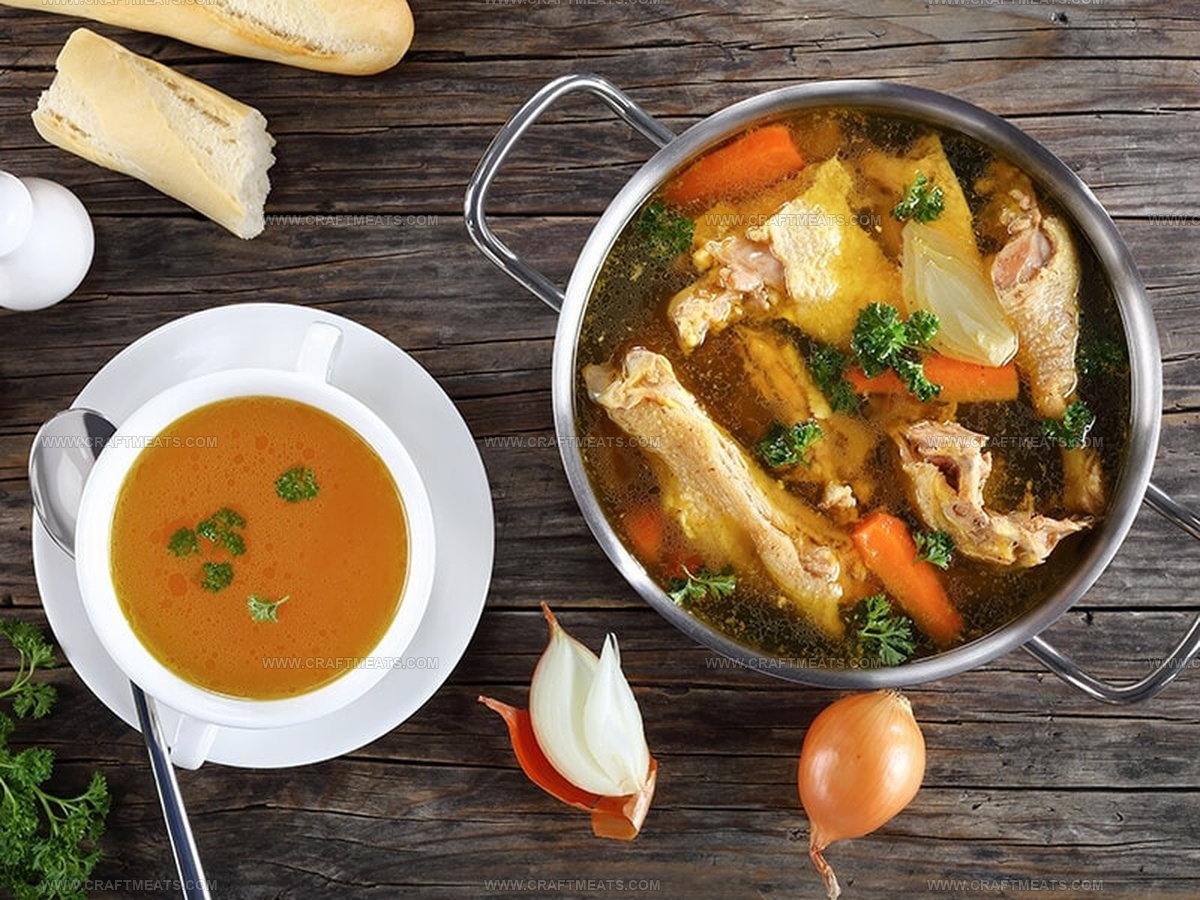

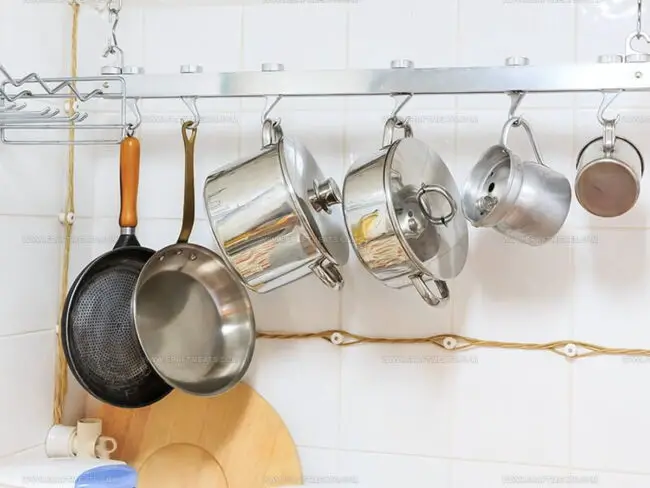

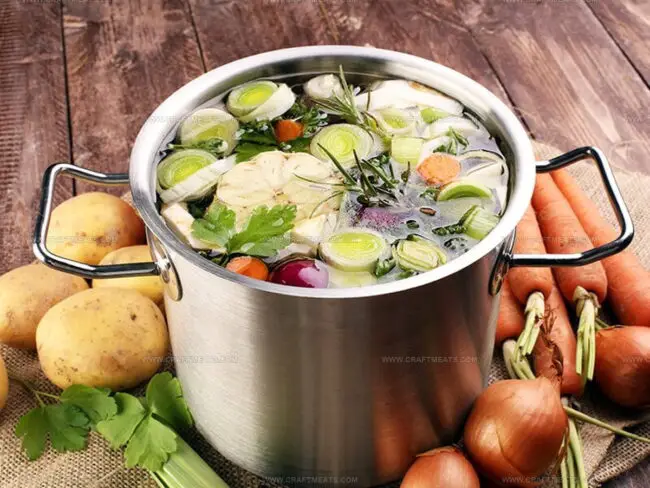
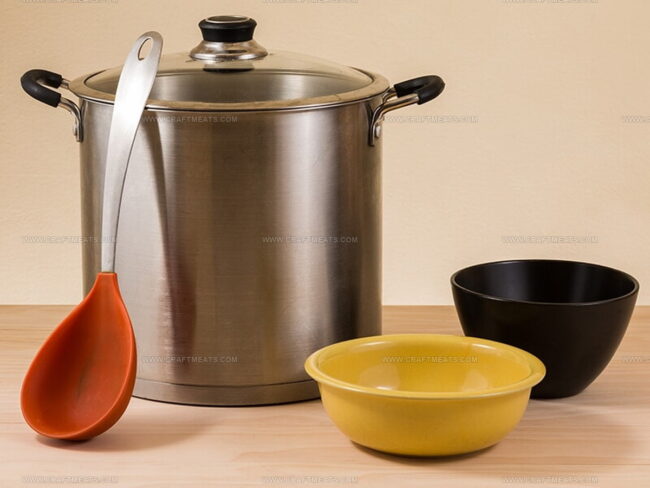
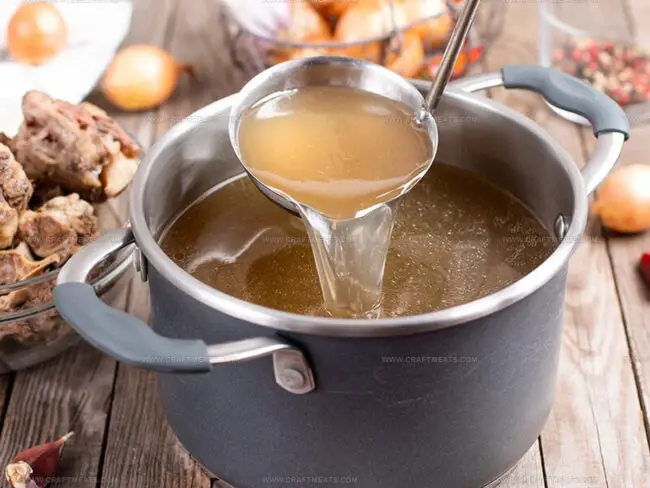
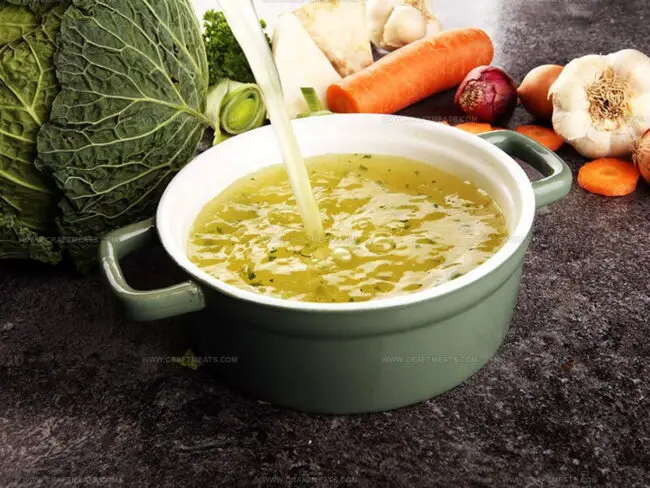
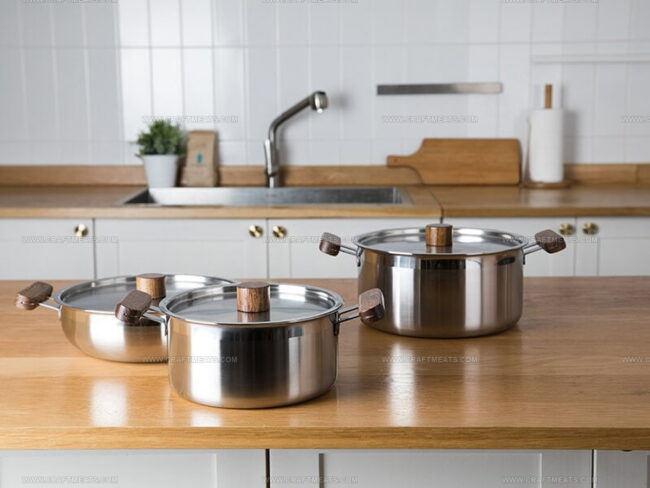
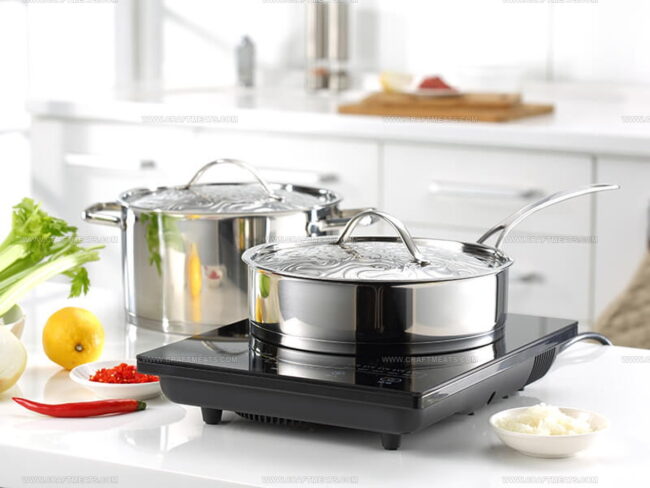
Liam O’Sullivan
Founder & Culinary Content Creator
Expertise
Recipe Development, Traditional Irish and European Cuisines, Food Styling and Photography, Culinary Education
Education
Dublin Institute of Technology (DIT) – School of Culinary Arts and Food Technology
Ballymaloe Cookery School
Isabella brings a global spark to the Craft Meats table. Born in Florence and trained at the Apicius International School of Hospitality, she blends classic Italian flavor with modern writing that’s easy to follow and hard to forget.
Her additional training at the Italian Chef Academy fueled her love for well-crafted dishes, especially ones that spotlight beautiful cuts of meat.
She’s a food writer with heart, and a deep love for storytelling through single recipes. Her goal? To help you cook with more confidence and a little more joy, no matter where you start.